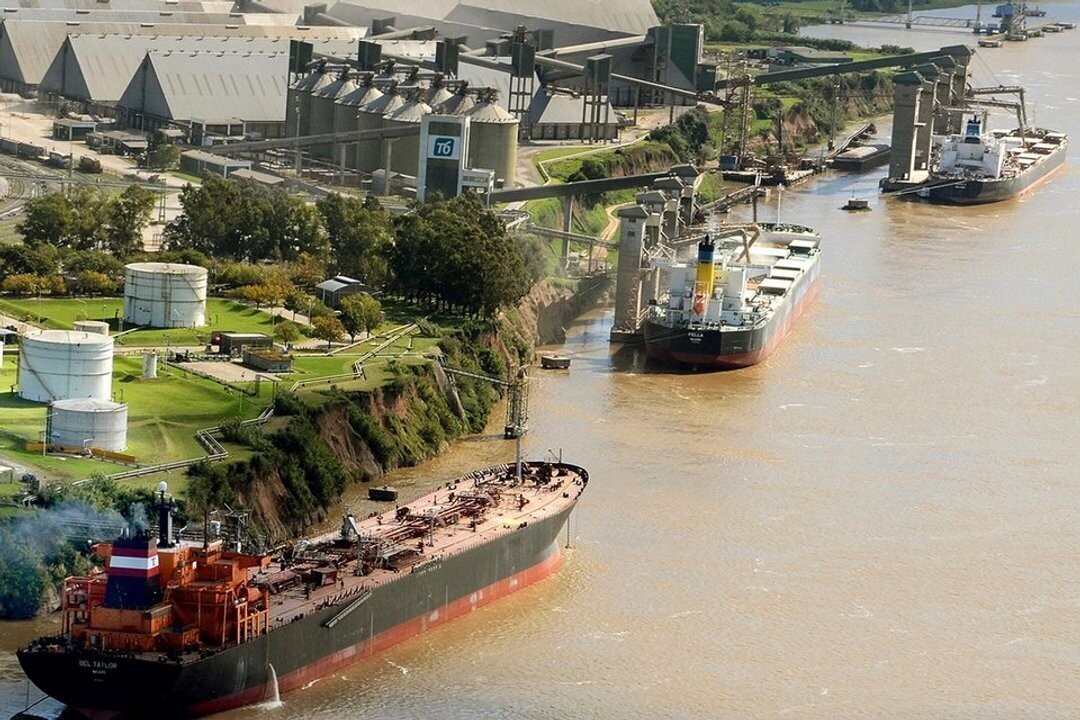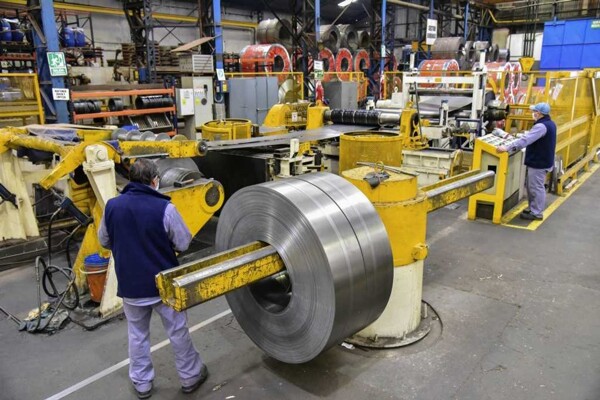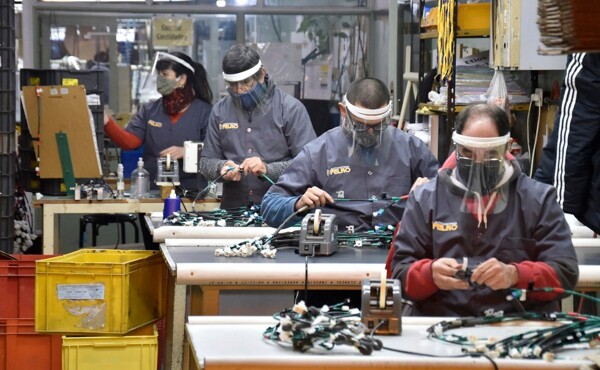
The dredging of the Paraná-Paraguay Waterway is an infrastructure project of great importance on a global scale. To carry out this project, help from vessels, dredgers, and opening and maintenance equipment is required. Large multinational companies participate in these types of projects, but questions have arisen about the calculation of economic solvency that must be presented.
According to the established guidelines, in the early years, the operator's investment must be substantial, with economic recovery anticipated in the medium to long term. However, it is criticized that higher scores are awarded for the length worked, which does not reflect the true operational complexity of the project. The government argues that this is not a necessary skill for this type of work.
The bidding document has been the subject of criticism, as it primarily focuses on the financial capacity of the winning company, overlooking important technical aspects. The financial aspect represents 60% of the final score, while technical aspects constitute 40%, highlighting the predominance given to economic factors.
Several important international companies are participating in the bidding, but there have been criticisms regarding the financial criteria that could exclude some of them. The Argentine Industrial Union has expressed its concerns and the need for investments in infrastructure. The deadline for submitting bids has been extended until February 12, a key date for the selection of candidates.
Despite the technical controversies surrounding the bidding for the Paraná-Paraguay Waterway, billion-dollar interests and high-level political stakes are at play. The countdown to February 12 is marked by mutual accusations among different companies and political groups.
In conclusion, the bidding for the Paraná-Paraguay Waterway has generated controversy due to discrepancies in the selection criteria and the influence of various actors in the process. The need for a large-scale project like this has sparked debates about the suitability of the bidding documents and the transparency of the ongoing process.














